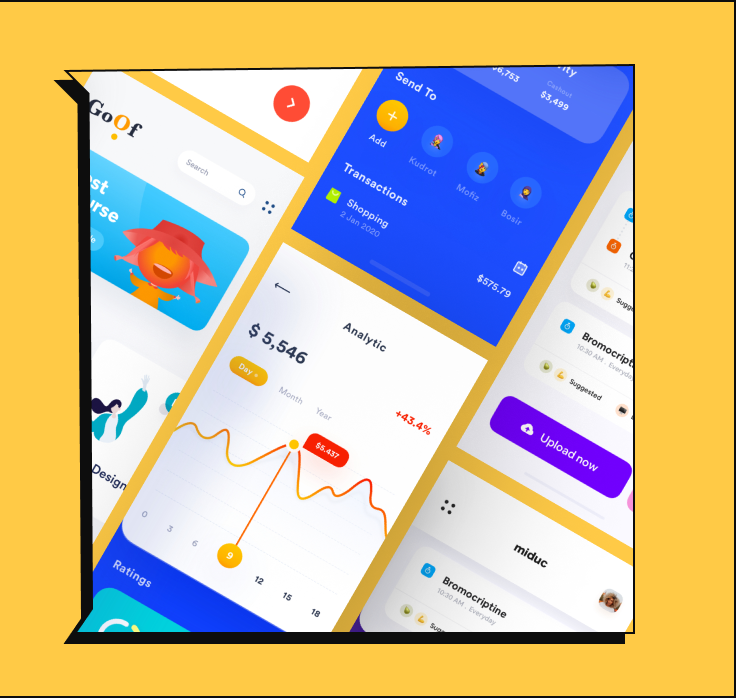The SaaS B2B vs. B2C Conundrum: Strategies for Each Market
May 18, 2024
Are you tailoring your SaaS marketing strategy to effectively capture your ideal customer base? It's a pertinent question many entrepreneurs grapple with as the SaaS industry's landscape continuously evolves. With a market that's expected to skyrocket, understanding the nuances of B2B (Business-to-Business) and B2C (Business-to-Consumer) segments is no longer just beneficial—it's imperative. Diving into the unique demands of each market can spell the difference between a thriving SaaS solution and a stagnant one.
Introduction to the SaaS Landscape
The SaaS industry has experienced unprecedented growth in recent years, transforming how businesses and consumers interact with technology. As this sector expands, it's critical for SaaS providers to distinguish between B2B and B2C markets, each with its distinctive needs and purchasing behaviors. The B2B realm involves selling software services to other businesses, a process that often requires comprehensive solutions and a personalized approach. In contrast, B2C SaaS companies market directly to the consumer, focusing on usability and experience. Recognizing these differences is key to crafting targeted strategies that resonate with your audience.
Unraveling the B2B SaaS Market: Key Characteristics and Challenges
The B2B SaaS market is not just about selling a product; it's about fostering relationships and addressing complex business needs. The target audience here is other businesses looking for efficiency, scalability, and a competitive edge. Long sales cycles are common, as decision-making involves multiple stakeholders and a considerable investment of time and resources. Building trust is paramount, as is the capability to customize solutions to fit diverse business models. Additionally, the B2B SaaS solutions must be scalable to grow alongside client businesses, which requires providers to be constantly attuned to their evolving needs.
Mastering B2B SaaS Strategies: A Focus on Personalization and Value Proposition
In the B2B sector, personalization is not just a strategy—it's a necessity. Effective marketing efforts may include laser-focused content marketing and precise targeting on professional networks like LinkedIn. Demonstrating your product's value comes to life through interactive demos, insightful webinars, and compelling case studies. It is essential to effectively communicate the return on investment (ROI) to potential clients, and equally important is the integration of customer feedback into product development. A customer-centric approach ensures that your product not only meets but exceeds the expectations of a demanding B2B clientele.
Shifting our focus to the B2C SaaS market, it’s clear that the consumer-driven sector exhibits different patterns and attributes. Here, immediacy is the key, reflecting how today’s consumers demand efficient, straightforward solutions that integrate seamlessly into their daily lives. To succeed in the B2C space, companies must address these specific consumer behaviors and expectations head-on, ensuring that their software not only meets functional needs but does so with a level of convenience and intuitiveness that enhances overall user satisfaction.
Decoding the B2C SaaS Market: Understanding Consumer Behavior and Expectations
The B2C SaaS model revolves around direct sales to the individual consumer, with a stress on user-friendly interfaces and quick value delivery. In the B2C arena, customer experience is king. Every design decision should prioritize ease of use, with intuitive navigation that even the least tech-savvy users can understand. Moreover, customers in this space tend to make quicker decisions, driven by how effectively a SaaS product can resolve their immediate needs.
However, this swift decision-making pace also comes with a downside: higher churn rates. B2C SaaS businesses often face the challenge of retaining users over the long term. The key to managing this lies in constantly innovating and improving the product while providing excellent customer support. Users need to feel that they’re getting continuous value from the software, which in turn, encourages loyalty and reduces the likelihood of them switching to a competitor.
Winning B2C SaaS Marketing Tactics: Engagement and Brand Loyalty
In the consumer-centric SaaS world, a dynamic brand presence is non-negotiable. It's crucial to establish and maintain a robust online identity that resonates with your target audience. Social media, for instance, can be a powerful tool for creating relatable, shareable content that amplifies brand visibility and cultivates a community around your product.
Beyond social media, engaging potential users through influencer partnerships, free trials, and referral programs can act as significant drivers of growth. Influencers can introduce your product to their followers, while free trials lower the barrier to entry, letting users experience the value of your product firsthand. And don’t overlook referral programs; they incentivize existing users to become brand ambassadors, extending your reach organically.
Utilizing data analytics is another cornerstone of B2C SaaS success. It allows for targeted, personalized marketing that speaks directly to user preferences and behaviors. Furthermore, data-driven insights can inform ongoing product development, ensuring that your software evolves in line with user needs and market trends.
Conclusion: Integrating Strategies for SaaS Success in B2B and B2C
Throughout this exploration of the distinct landscapes of SaaS marketing, it’s clear that the strategies for engaging B2B and B2C audiences diverge significantly. B2B strategies are built on cultivating relationships and bespoke solutions, while B2C focuses on user experience and speedy delivery of value. Both markets demand a nuanced approach, tailored to the specific behaviors, desires, and challenges of their respective audiences.
In the end, flexibility and a keen eye for adaptation are invaluable. Whether operating in the B2B or B2C space—or even considering a hybrid model that bridges the two—it’s crucial for SaaS companies to stay agile. Staying attuned to market shifts and being willing to pivot strategies accordingly positions businesses for enduring success in the dynamic SaaS ecosystem.

Ready to Skyrocket Your SaaS?
Leverage our comprehensive list to cut through the noise and elevate your SaaS. The path to your first 1000 users starts here.

